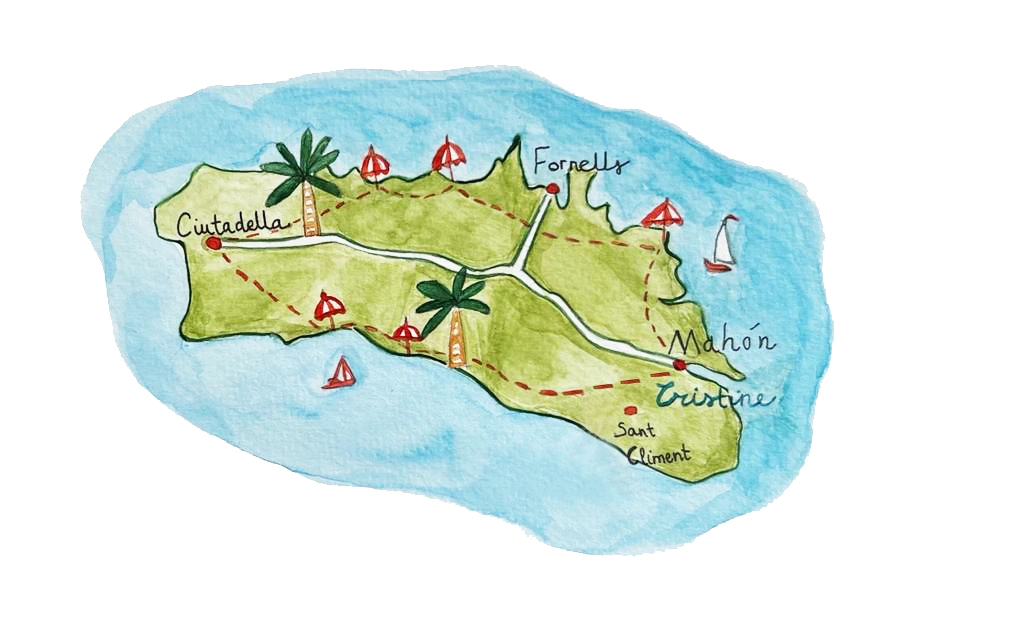TALAYOTIC MENORCA
WORLD HERITAGE

On Monday 18 September 2023, Menorca’s prehistory, under the name of ‘Talayotic Menorca’, was given the top recognition it can get internationally: it was declared a UNESCO Human Heritage site. With this decision, the immense wealth of Spain’s heritage now totals 50 sites that have received this designation.
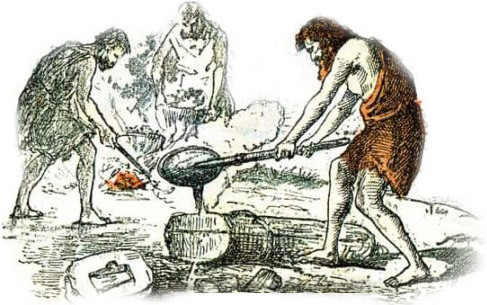
With an area measuring just 700 square kilometers, Menorca has more than 1,500 archaeological sites, most of which date from this period in its history, which spans from the late Bronze Age to the Iron Age (from around 1800 BC to 123 BC, when the island fell under the control of the Roman Republic). It should come as no surprise that the island has been considered a large Outdoor Museum for many decades. The density of its sites (more than two per square kilometer) and their exceptional state of conservation reflect the respect Menorcans have shown for their past.
This culture has perennially drawn attention. For example, John Armstrong’s 1753 book The History of the Island of Minorca mentions these sites, as does Joan Ramis y Ramis, the author of the first monographic book published in Spain devoted wholly to the prehistory of a place, the 1818 Antigüedades Célticas de la Isla de Menorca desde los tiempos más remotos hasta el Siglo IV de la era cristiana. Likewise, the Frenchman Emili Cartailhac photographed many of these monuments in the late nineteenth century, and in the 1930s Margaret Murray decided to focus her research on Menorca’s prehistory and published her results in Cambridge. Since then, and especially since the mid-twentieth century, the number of publications and people involved in recovering this past has increased exponentially.
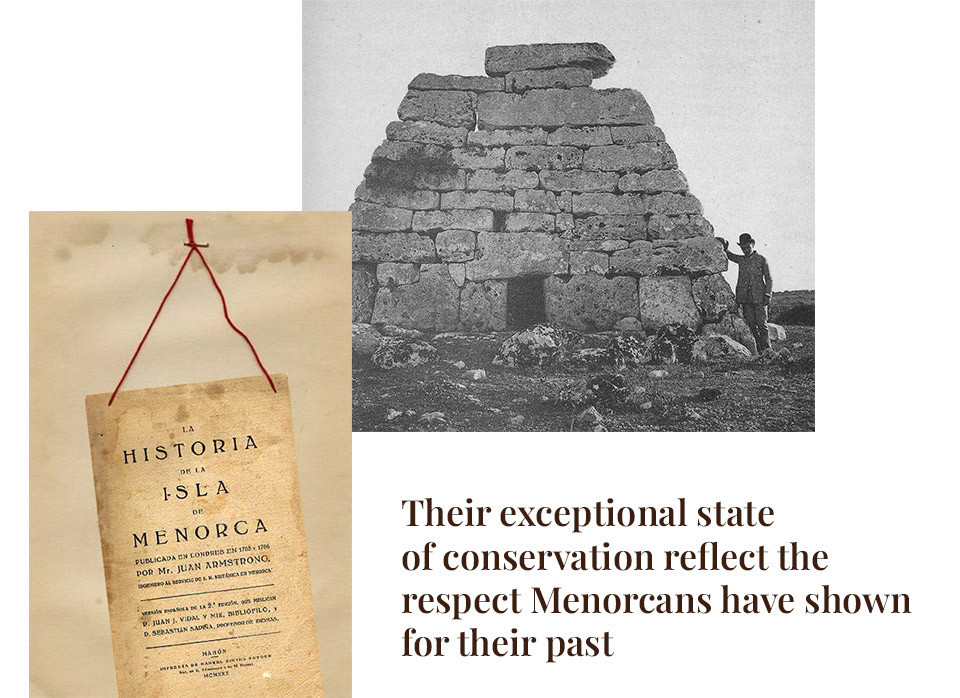

The exceptional universal value of this culture is based on the originality of certain architectural expressions, such as the collective burial sites, the burial navetas such as the one in Tudons, and the taula sites like the one in Torralba d'en Salort, with its two calcareous pieces more than four meters tall centered in those cultural areas. The homes, with their Mediterranean structure arranged around a central courtyard leading to the rooms, have that peculiar circular shape found in all habitat areas.
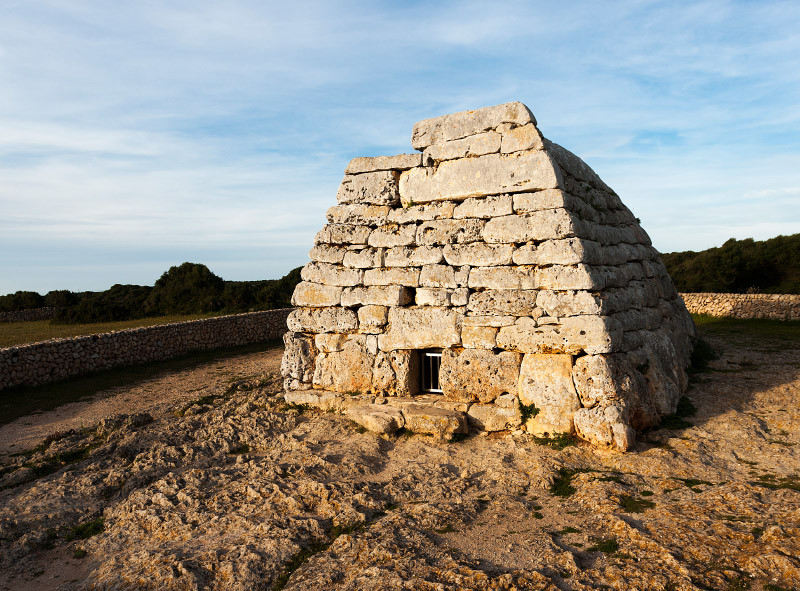
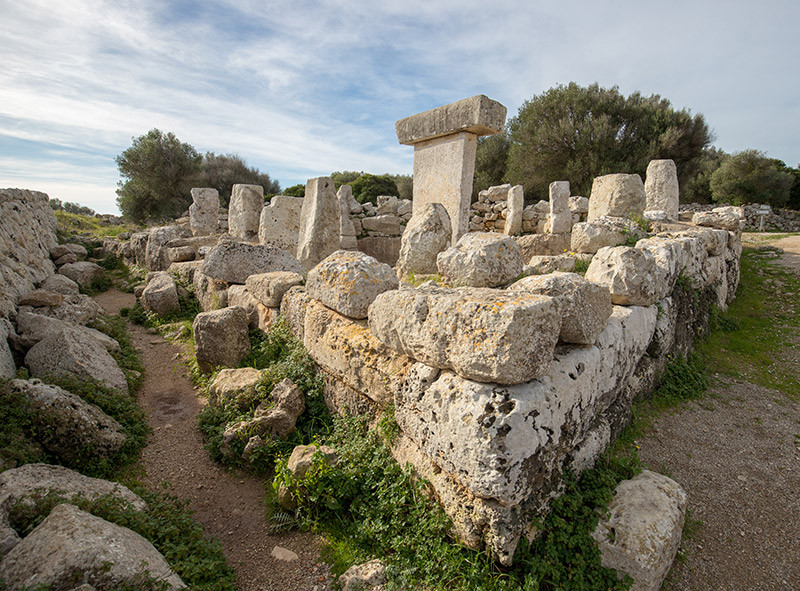
But there is much more, such as the building that lends its name to the recognition, those enormous towers that are part of the island’s landscape and are impossible not to spot from any view of the island, now engraved into the retinas of all Menorcans. And the talayots, more than 400 of which are visible, such as the talayot of Torelló and the one in Curnia right next to the airport. We could continue with the hypostyle halls and the walls surrounding the villages, like the ones in Son Catlar, where more than 800 meters are visible. Yet another of the major milestones ingrained in Menorca’s landscape is reaching Torre d'en Galmés and viewing a populated expanse measuring seven hectares from which you can gaze over Menorca’s southern coast and the immense sea surrounding it. And drawing closer to the sea, the hypogea bored into the walls of the ravines reaching down to the coast, or atop the maritime cliffs, the guardians of our deceased ancestors, like the Calescoves caves in Cala Morell, which speak so eloquently about their lives.
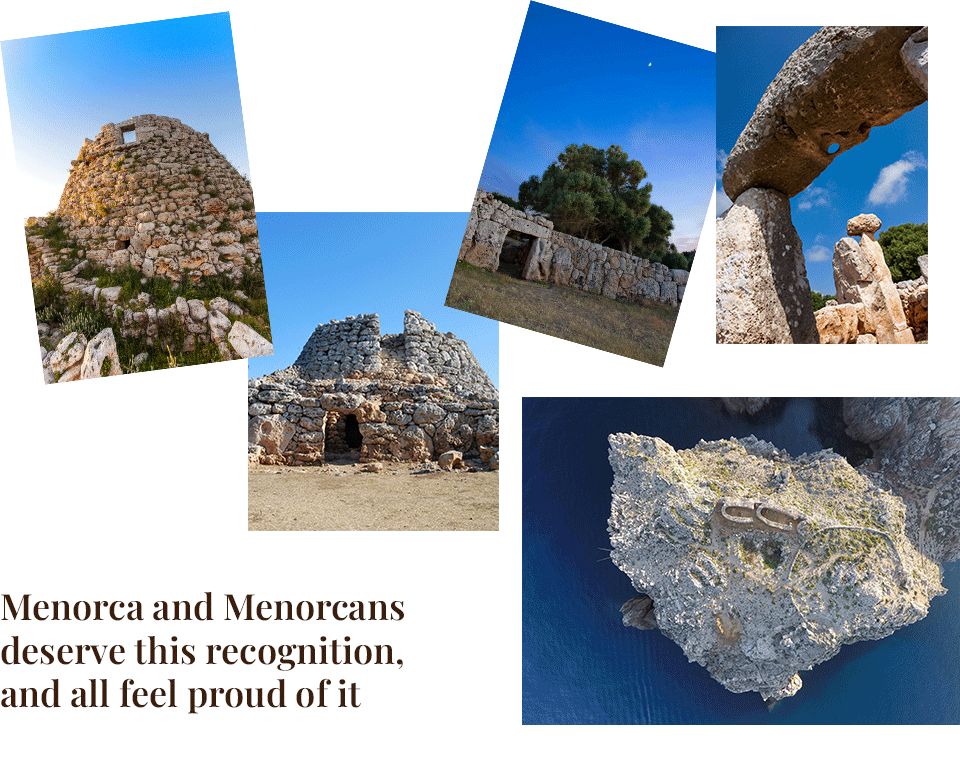
It is an honour for us now, but it is also an honour for those who have respected, admired, and preserved these constructions throughout the centuries, beginning with those who managed not only to build them but also to be the creators of spaces that are unique in the world, who left us this legacy which will remain forever, as it is now present within us.
Text by: Margarita Orfila Retired Archaeology Professor President of the Athenaeum of Mahon
Photos: Talayotic Menorca
Cristine's Newsletter
Stay in touch and receive the latest news,
recipes and healthy tips from Cristine Bedfor.

Follow us on Instagram
#Cristinebedfor

